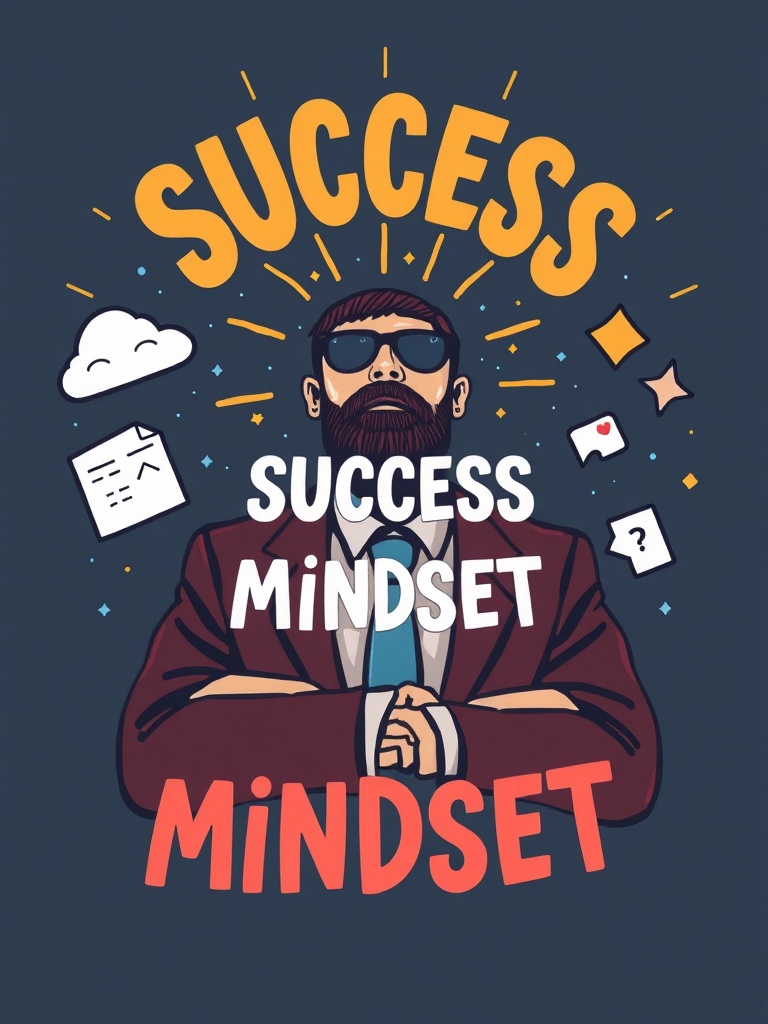Success Mindset: Practical Steps to Think, Act, and Achieve Differently
A success mindset isn’t a vague attitude—it’s a practical framework that reshapes how you set goals, respond to setbacks, and build lasting habits. Anyone can cultivate this way of thinking by combining intentional practices with simple structural changes to daily life.
What defines a success mindset
– Growth orientation: Believing skills and intelligence can expand with effort encourages risk-taking and learning.
– Purpose-driven focus: Clear “why” behind goals fuels persistence when momentum fades.
– Resilience and adaptability: Bouncing back from failure and adjusting plans quickly keeps progress steady.
– Systems over outcomes: Prioritizing daily habits and processes leads to sustainable results, rather than chasing isolated wins.
Daily habits that build success
– Prioritize a morning routine that supports mental clarity: short movement, hydration, and a 5–10 minute planning session to identify top priorities.

– Use micro-goals: Break larger objectives into 15–60 minute tasks to reduce overwhelm and increase dopamine hits through frequent completion.
– Practice deliberate practice: Focus on specific skills with immediate feedback. Time-box practice sessions and iterate based on what works.
– Schedule reflection: A weekly review of wins, lessons, and adjustments keeps strategy aligned with outcomes.
– Manage energy, not just time: Align demanding tasks with peak energy windows and use low-energy periods for administrative work or rest.
Reframe setbacks as data
Failure and mistakes often carry more information than success.
Treat setbacks as experiments: what assumptions were wrong, what constraints were missed, what small changes would alter the outcome? This analytical approach makes disappointment useful and prevents stagnation.
Mindset techniques that actually work
– Cognitive reframing: Replace “I can’t” with “I haven’t figured this out yet” to open the brain to solutions.
– Implementation intentions: “If X happens, I will do Y” reduces decision fatigue and improves follow-through.
– Visualization tied to action: Visualize the process, not just the end result—imagine the specific steps and obstacles and rehearse responses.
– Accountability loops: Share progress with a peer or group and set transparent checkpoints to increase commitment.
Design your environment for success
Small cues guide big behaviors.
Remove friction for desired actions (place a journal next to the bed, keep healthy snacks visible) and add friction for distractions (turn off social notifications, use website blockers during focus blocks).
Surrounding yourself with people who model growth can shift norms faster than willpower alone.
Measure progress with leading indicators
Don’t wait for final outcomes to judge progress. Track leading indicators like hours of focused practice, number of client outreach attempts, or consistency of morning routines.
These inputs predict long-term results more reliably than occasional big wins.
Sustaining momentum
Consistency beats intensity. A daily practice that’s small but repeatable builds compounding progress.
Celebrate process milestones, not just outcomes, and keep curiosity at the center—curiosity drives learning, which drives adaptation, which drives success.
Start small: pick one habit to change this week, set a clear micro-goal, schedule time to practice it, and review results. Over time, these incremental shifts compound into a durable success mindset that supports bigger ambitions.